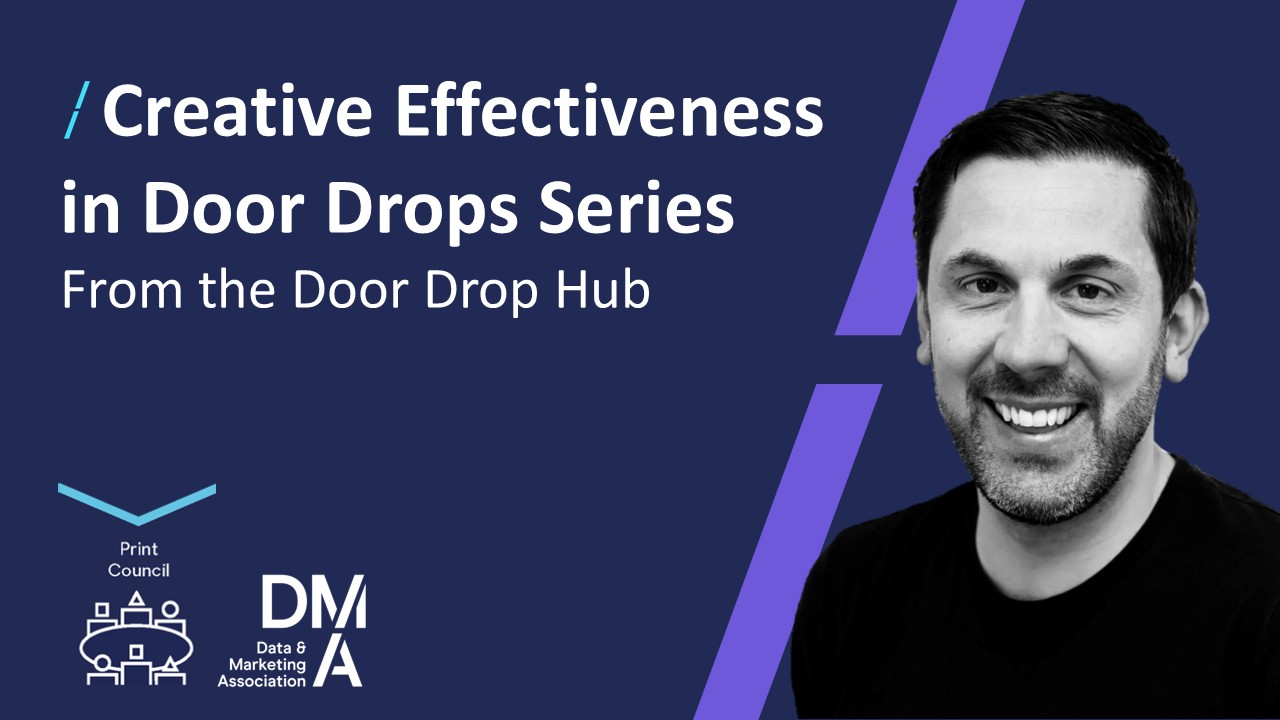Top Tips on creating a Campaign Brief
07 Apr 2015

Whether you are briefing an internal team, or an external agency, whatever the campaign type - email, advertising, or indeed telemarketing - a good brief is one of the most important success factors.
Inspire, Motivate, Build Confidence
The purpose of the brief is not simply to communicate clear instructions and expectations but to enable others to stand in your shoes, understand your brand, your products and their benefits, and be inspired by your proposition. The brief needs to find a balance between practical information and collateral, solid references to substantiate your proposition and compelling insight that will motivate and inspire those you are briefing and give them confidence in your message and proposition.
Be clear in your own mind
Writing a brief has many benefits. It is a useful discipline, which forces the writer to solidify their own thoughts on exactly what they are trying to achieve and why, and what will define the success of the campaign. Being clear on these factors up front will save time and effort later on and ensure cost effective use of your resources.
Don’t make assumptions – avoid Jargon
If you have been working in your sector for some time and live and breathe your products, features and benefits, it is easy to fall into the trap of assuming others know more than they do. When writing your brief, make no assumptions, avoid industry jargon, acronyms and technical language or, at least, make sure these are clearly defined.
Less is more – be concise
It is easy to fall into the trap of information overload, providing a lengthy and elaborate brief with layers of information to reinforce your point. In reality, your point is likely to be buried and lost under those layers. The goal is to be clear and concise ie ‘brief’. It will pay dividends to put your time and energy into refining your message and trimming unnecessary information rather than into the length of your text. As a result, your brief will clearly communicate the key messages and objectives and any additional information can always be discussed and clarified at a face to face briefing (always recommended).
Template – Key Elements
Creating a concise and compelling brief can take time but that should not equate to a lengthy document. A simple template or checklist is a very useful tool in finding the right balance between the level of information and clarity of message. Here are our recommendations for the key elements to include in your brief.
Here is our recommended template and key elements
Key Elements - Background
Company, Customers, Competitors
Company – when founded, size, location, services and products. Aside from company facts, what is the personality of your brand, your brand values, and how you want to be perceived?
Customers – who are your key customers, size, geography, sectors?
Competitors - who are your main competitors and how do their products compare? What is unique about your product/proposition – what makes you different and why?
Objectives - what problem are you trying to solve?
In the light of your company’s position in the market, what are your objectives?
- increased market share or turnover?
- enhancing the strength of the brand?
- increased penetration of existing markets?
- new business from emerging markets?
Key Elements - Measurement
SMART Objectives
It is important to be use SMART objectives so you can define and measure success. What results should the campaign deliver and what are the success criteria - number of leads, opportunities, or sales?
A smarter, more measureable objective for new business could for example be: The campaign will attract ten new customers from the pharmaceutical sector by the end of May.
or for market penetration: The campaign will generate 20 leads from new departments with existing companies by the end of May.
Key Elements - Audience
Who are you trying to reach –companies, sectors, job titles/responsibilities?
Tone of Voice – Given your audience, how do you want to communicate with them, what sort of language or tone is appropriate?
Media - How will you reach and engage with these people – what events do they attend, what do they read, what associations do they belong to?
Data Specification - Being clear on your audience is important not only as part of the brief but defining your target audience will provide the specification for sourcing your data or selecting segments to target within your database.
Key Elements - Proposition and Key Messages
Key messages/benefits - what problem are you trying to solve, how will you do this and why is your solution unique?
Perception - what are the audience’s current perceptions, and how do we want that to change?
Substantiation – why should they believe you?
Include any supporting information – literature, case studies, testimonials, research and insight.
Visual graphics are a good way to convey a point.
Call to action – what do you want your audience to do?
Key Elements - Constraints
This section should cover any practical considerations that need to be taken into account in the delivery of the campaign.
Budget – is the realistic?
Timescales – how long should the campaign run, when do you need to see results?
Contact Information – who is involved/what responsibilities?
Other activities – is this part of an integrated campaign, what other activities relate to this campaign, are partners involved?
Tailor any template to your needs
There are many templates and formats available to suit different requirements and campaign types, so it is worth looking around to find the most appropriate for your needs. For example, with our telemarketing campaigns, where sharing data is an important factor, we have a section within our brief to cover data management, and another which hones in on business pain points and open questions because our agents all apply solution selling methodology. The main point is that the template should not be rigid but adapted across campaigns according to needs.
And Finally
Face to Face is equally important….
Whilst working to a written template provides clarity and structure, it is always important to have a face to face briefing to reinforce understanding and provide clarification where needed.





Please login to comment.
Comments